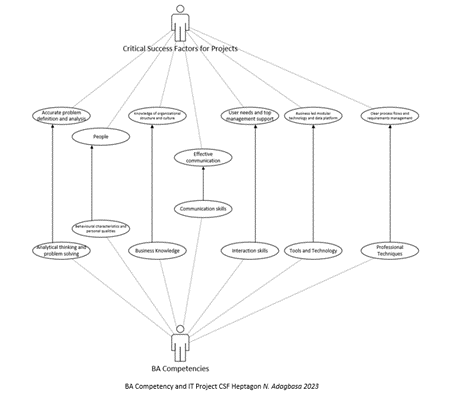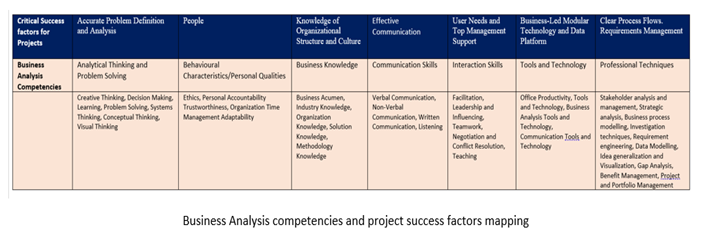Requirements are a Contract
Ensuring that project requirements have been understood and agreed to by all stakeholders is one of the foundations of a Business Analyst’s work.
However, that understanding and agreement from the stakeholders doesn’t always translate to the successful delivery of the project. Even though everyone on the business side has confirmed that the BA understands their wants and needs, those requirements can wind up being misinterpreted (or outright ignored) once they reach the technical team.
No matter how careful the BA has been, things seem to slowly and surely fall apart. It seems to make no difference if the project is using agile, or waterfall, or the requirements are documented in Word, or Excel, or in requirements management software such as IBM DOORS, or SPARX Enterprise Architect, or JIRA, or written on a sticky note. The results are depressingly similar from project to project.
Whatever is presented in the demonstration never seems to be what anyone in the business asked for. Which usually becomes the Business Analyst’s problem. Somehow the BA didn’t do enough documentation or missed something.
Over the years, I have realised that no amount of documentation, meetings, or stand-ups will save the BA. That’s because the problem is not with the requirements or the Business Analyst. The problem is with the quality of the technical team.
Before anyone gets upset, no, I am not insulting the technical team. What I’m suggesting is that most projects are a mixed bag of personalities and experience. There might be new junior developers, overworked senior developers juggling multiple projects, people who don’t want to read the documentation, and sometimes, people who outright ignore the requirements because they have determined, “that’s not how the business works.” The project is either over time and out of budget (or both) but even then, can never seem to finish.
No one seems to discuss the impact the technical team has on the requirements themselves and the amount of stress it places on the Business Analyst.
Think like a lawyer
What can a BA do to reduce the pressure they’re feeling?
In my opinion, a BA may find it useful to think like a lawyer.
A lawyer researches the parties involved in a contract. What are these parties like? Are they prepared to negotiate, or do they dispute everything? As a BA, you do have one advantage in that you will have communication skills and you can deal with different people and personalities. This allows you to figure out who you may be dealing with. What are they like? How experienced are they? Are there issues within the team? Although you could argue that this is just a RACI matrix – this goes one step beyond. You don’t care if they’re responsible, accountable, consulted or informed. You want to know how likely it is that the project will wind up in a mess. Something the Project Manager is unlikely to acknowledge until it’s too late (depending on the PM’s experience).
This changes the focus because not only are you eliciting your requirements from your stakeholders, but in the background, you’re also trying to determine what the technical team is like. The makeup of the technical team is going to help you determine your deliverables.
Alistair Cockburn states in the introduction in Writing Effective Use Cases, “A use case captures a contract between the stakeholders of a system about its behaviour.”
Advertisement
Decide on the type of contract
Keeping with a more legalistic view of requirements, the Business Analyst can then decide if the contract should involve a high degree of ceremony in which requirements are meticulously explained and documented, formally signed off, with meetings scheduled to discuss these requirements in detail. Or whether you can take an approach that is highly collaborative and relies on face-to-face chats between the team and the BA, with light touch documentation (some user stories, and a couple of whiteboard sessions).
In other words, how you construct your contract, will depend on how tightly you need to bind the technical team to that contract. And the type of contract the binds the two parties together will depend on how much you trust that other party. If you trust the other party, and you’ve known them for a while, then a handshake agreement may be all that is needed. A handshake agreement tends more towards an agile approach with some user stories and daily discussions, over and above a standup.
If you have less trust, or the project has a lot riding on it in terms of its budget or the features being delivered, you may decide on the equivalent of a legally binding contract. It may consist of several documents, and the documents are all formally signed off. Like all weighty contracts, you need to write in a manner that removes all ambiguities.
Much like a lawyer, your job is to ensure your wording is not open to misinterpretation or provides a way for the technical team to deliver something else entirely.
And if they do, you have your signed off documentation in which you can point to it and politely ask why the clause was ignored – and how they’re going to remedy the problem. Because the requirements are a contract. One that all parties need to adhere to.






